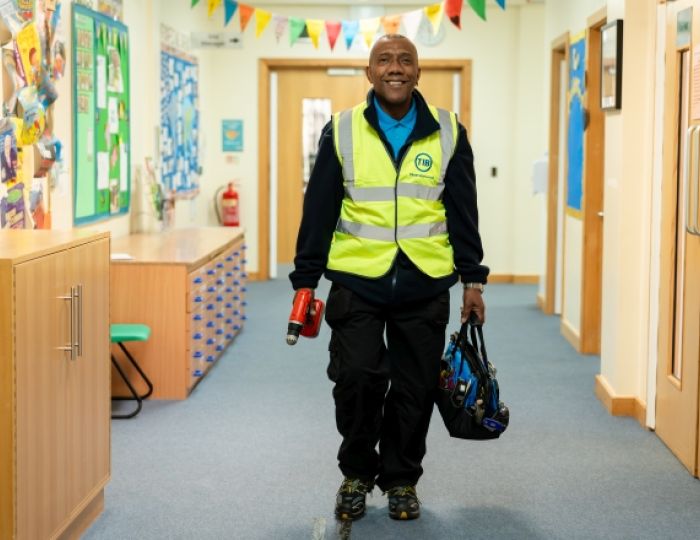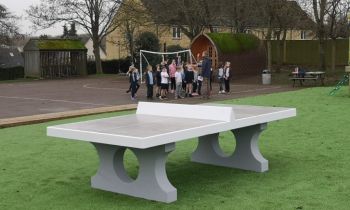Reducing energy usage should be a priority for every user of a domestic or commercial property. Being energy efficient reduces costs, is socially responsible and helps the environment – and being hubs of activity (almost) all year round, schools are no different.
Government statistics show that school energy costs amount to more than £600 million per year, equating to an annual cost of £27,000 per school. With education budgets as stretched as they are, it’s a good area for schools to save money in.
A school’s energy consumption will vary depending on the age of its building(s), age, occupancy hours, what features it has and the amount and type of electrical equipment used. Generally speaking, schools’ two main energy costs will be heating (typically 45% of its utilities spending) and lighting (20%) – though there are some easily implementable ways in which schools can reduce said costs.
An effective teaching and learning environment needs well-lit areas, but there’s the potential for energy to be wasted through lighting unused classrooms, corridors and storage areas. Measures for addressing this include:
- Switching off – An obvious recommendation, but saving energy starts with switching lights off when they’re not in use. Consider placing stickers and posters near to switches and raising awareness in assembly.
- Install low energy lighting – LED lights require around 75% less energy than halogen bulbs, and yet last over 40,000 hours longer.
- Use dimmer switches – These will not only allow for custom light levels, but also save energy by reducing the flow of electricity to the luminaire.
- Let the daylight in – Given schools’ daytime opening hours, there are plenty of opportunities to use daylight. By installing daylight blinds, light can be redirected onto ceilings to reduce glare.
Heating
Heating is often the most expensive energy cost a school will have. Unbeknownst to many, children are actually more comfortable than adults at lower temperatures because of their higher metabolic rates. As such, recommended temperatures for classrooms and corridors/circulation spaces are 18ºC and 15ºC respectively. Heating every classroom can be expensive, especially through winter, but again, there are ways of reducing costs:
- Around two-thirds of the heat from a typical school building will lost through the building fabric. Double or triple glazing for north-facing or exposed windows is a must. Consider also adding extra insulation to roofing and walls when the opportunity arises during refurbishments.
- Don’t obstruct radiators. With the frequent rearranging that classrooms go through, desks, cupboards and other furniture can end up getting in the way.
- Adjust your timer controls so that the school reaches ideal temperature when the children and teachers arrive, and have it start to cool down as people leave. Adjust it daily until you find the right timings.
- The money you save can be spent on learning resources and facilities. Involve the students in your energy saving efforts, and inspire them to care about how energy usage affects the planet.
Luke Czerpak is compliance manager at Eaton Electrical – a provider of detailed lighting and heating energy audits aimed identifying energy wastage.










